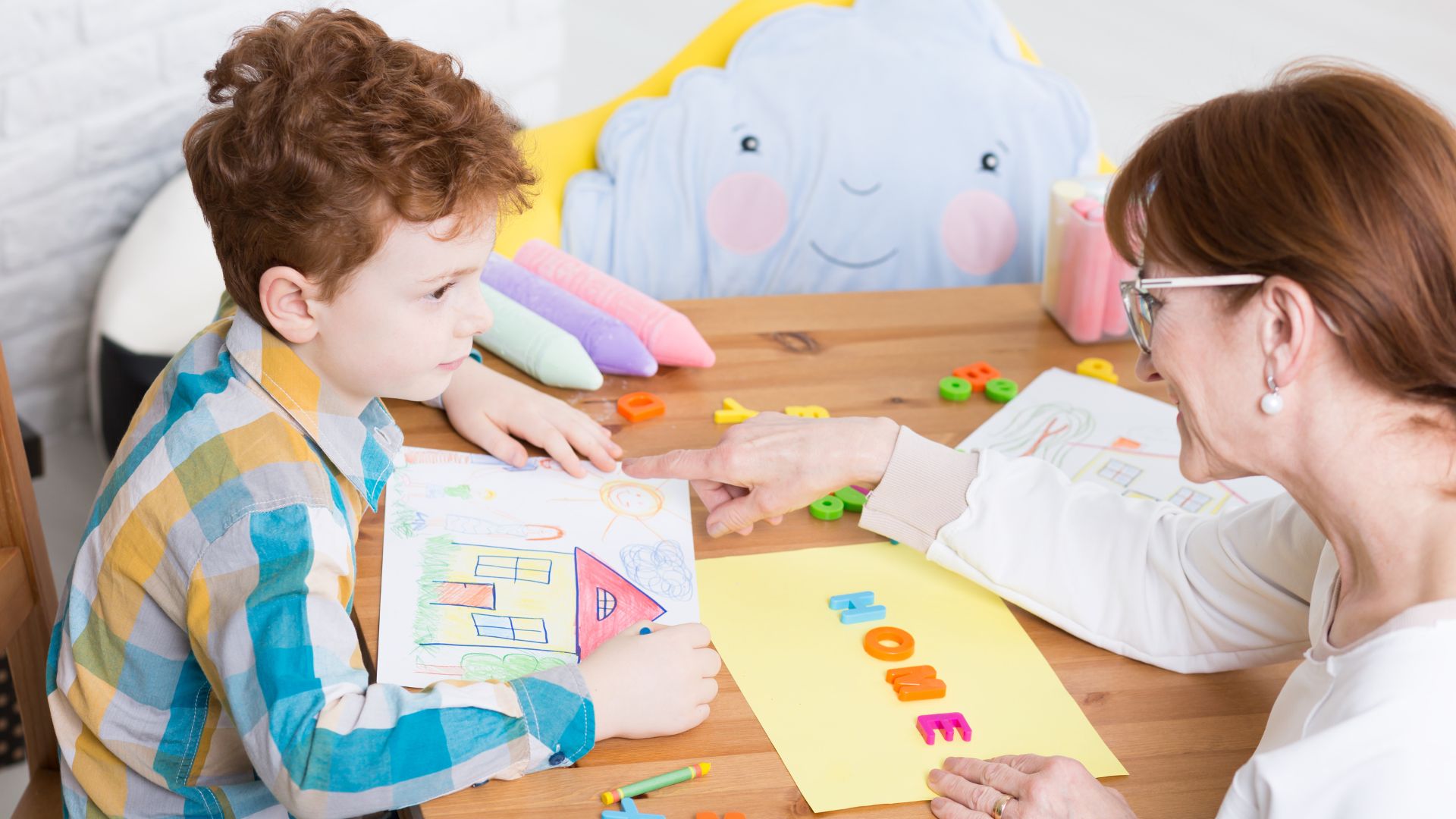Cognitive Behavioral Therapy , or CBT, is designed to help clients make sense of their overwhelming thought patterns. Most of the time, those suffering from addiction as well as co-occurring disorders like anxiety, depression, bipolar disorder, and obsessive compulsive disorder do not realize the impact of their thoughts on their behavior.
With CBT, the main goal is to gain insight to an individual’s thoughts. By obtaining this insight, clients begin to replace destructive thoughts with functioning and critical thinking. In CBT, problems are broken down into five main categories:
- Situations
- Thoughts
- Emotions
- Physical Feelings
- Actions
How is CBT Different?
CBT is different from other therapy methods in a variety of ways, including that it is:
- Highly structured. Instead of discussing life freely, the therapist will instead focus on specific problems and set goals for patients to achieve.
- It works to identify specific issues and attempts to solve them.
- Focuses on the current. CBT is mainly centered with how a patient think and acts in the now, rather than attempting to solve past issues.
- The therapist won’t tell the client what to do. Instead, they will work with them to find solutions to current problems.
Replacing Negative Thoughts
CBT aims to stop negative thought cycles by breaking them down. If thoughts are too negative, they can make an individual feel bad, anxious, or scared. CBT breaks these thoughts down to change the negative thought patterns and make problems more manageable.
This therapy method helps the person understand the dysfunctional thought patterns that are triggered by things beyond their control. The person may experience negative automatic thoughts during these cycles. CBT encourages individuals to step outside of their automatic thoughts and test them out. By experiencing a more realistic perspective, patients are able to correct misinterpretations.
CBT Techniques
Cognitive behavioral therapy’s highly structured approach uses a variety of techniques. Each session is focused on attaining certain goals set by the therapist and the client. The collaborative relationship benefits the patient in therapy.
CBT techniques incorporate a number of therapeutic tools. These tools and techniques assist people in evaluating their emotional patterns and states. Common CBT techniques include:
- Journaling
- Mindfulness
- Challenging Beliefs
- Relaxation
- Social, Physical, and Thinking Exercises
Techniques are used during sessions and as homework for patients to reinforce therapy. When patients use them as homework, they learn how to continue working on their own even after therapy comes to an end. People gradually develop new coping skills to handle their difficulties as well as more positive beliefs and behaviors.
Mental Health Conditions Treated with CBT
Since every individual is different, some factors make people more likely to benefit from CBT than others. Those with specific issues that impact their quality of life can benefit from CBT. The same applies to people with clearly defined emotional and behavioral concerns. It is used to effectively treat numerous mental conditions, including:
- Anxiety
- Depression
- Mood Issues
- Bipolar Disorder
- Obsessive Compulsive Disorder (OCD)
- Posttraumatic Stress Disorder (PTSD)
- Chronic Fatigue Syndrome (CFS)
- Substance Abuse
- Phobias
- Eating Disorders
- Erratic Sleep Patterns
- Anger Management Issues
CBT Results
Every person is different and may respond differently to CBT. This therapy type will help you take steps towards coping in a healthy way. By engaging clients in the process of becoming conscious and aware of their thought patterns, clients will learn to consciously shift away from destructive thinking.*
START YOUR JOURNEY WITH
SAFE HARBOR HOUSE
(310) 861-4157
Contact Us Today
Verify Your Insurance




